JPSS SPARK Students Presentations
August 20, 2018 12:29 PM
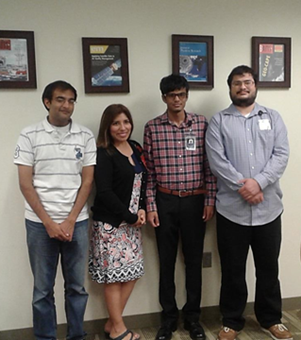
JPSS SPARKS Students
© CICS-MD
TheJPSS Students Professional and Academic Readiness with Knowledge in Satellites (SPARKS) program held a nine-week course this summer for graduate students with speakers drawn from NOAA and Affiliate JPSS Scientists. The goal of the JPSS SPARKS program is to groom the next-generation cadre of JPSS scientists through pragmatic education and training.
The program was co-led by the CREST, IMSG and CICS-MD. Dr. Shakila Merchant (CREST) is the task leader of the grant and Dr. Murty Divakarla (IMSG) is the on-site leader while Dr. E. Hugo Berbery (CICS) is a collaborator on the task. CREST chose the four sponsored students and Dr. Merchant matched these students with NOAA/NESDIS/STAR mentors. IMSG provided desks and computers for the students. Michael Wilson of IMSG ran the classes and assisted the students on their research. CICS-MD arranged for the classes to be at the Earth System Science Interdisciplinary Center (ESSIC) 4th Floor Classroom in College Park, MD, across the street from NCWCP.
The course was attended by about a dozen students of which four were selected for the intensive research portion. These four students concurrently worked on a satellite research project with a NOAA mentor. They also were required to give a presentation on their results and prepare a poster for the upcoming Annual STAR JPSS Science Meeting. They also had to pass the final examination. The course was offered this summer from June 11 to August 10.
On August 9, the four selected CREST students gave presentations on their research work with NOAA and IMSG mentors:
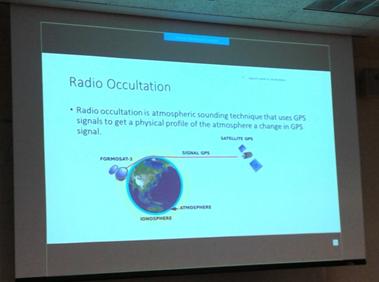

Christopher Bombach, who had worked with Changyong Cao (NESDIS/STAR/SMCD/SCDAB), talked about his work on radio occultation of GPS signals from Low Earth Orbiting (LEO) satellites. He developed a procedure and algorithm using a new method, “Open Loop Tracking,” to address signal discontinuities and Doppler shifts in the signal.
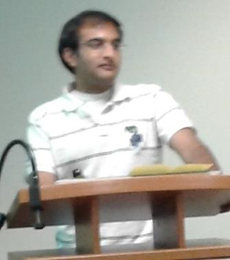
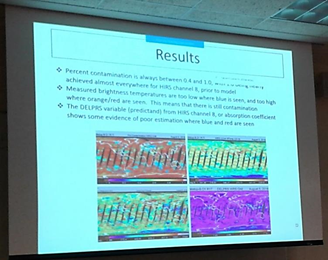
Arun Ravindranath , who worked with Mike Chalfant (NESDIS/STAR/SMCD/OPDB), talked about a new “Linear Approach” for cloud clearing—a simpler and more elegant method than those currently used. His goal was to develop a regression model to estimate the channel absorption coefficient for each channel. His data cleaning process was extensive and unfinished, but results tested with guessed channel absorption coefficient often equaled or surpassed existing methods.
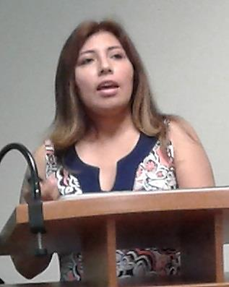
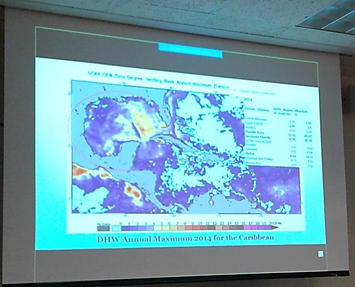
Ysabel Banon , who worked with C. Mark Eakin (NESDIS/STAR/SOCD /MECB), talked about how she used satellite SST data to analyze coral bleaching. She calculated Degree Heat Weeks (DHW) from this data and compared it to observations of coral bleaching using regional then pixel analysis, focusing on the maximum heat stress values, which is after the peak of the DHW and the 90 days after that peak. The areas with the highest DHW were the ones with the highest bleaching.
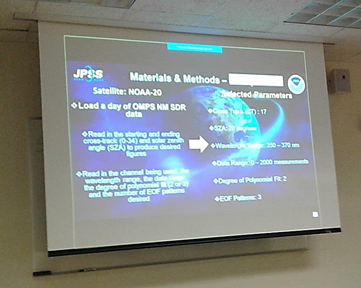
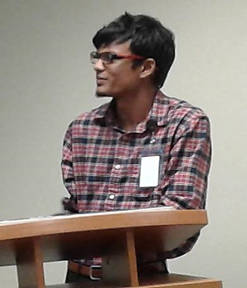
Dilchand Nauth, who worked with Larry Flynn (NESDIS/STAR/SMCD/SCDAB) and was the only undergraduate, talked about his work with the Ozone Mapping and Profiler Suite (OMPS) on NOAA-20. His goal was to develop approaches to use the temporal, spatial and spectral dependencies to identify and remove outliers, and to use the spectral patterns to develop principal component representations of the spectra to reduce noise effects in the selected channels. This included correcting for the Stray Light from other wavelengths. He used EOF patterns and their corresponding coefficients based on average spectrums, covariance matrices and eigenvectors and eigenvalues to identify outliers, and applied a substitution methodology to remove the bad behavior and reduce noise.
« Back